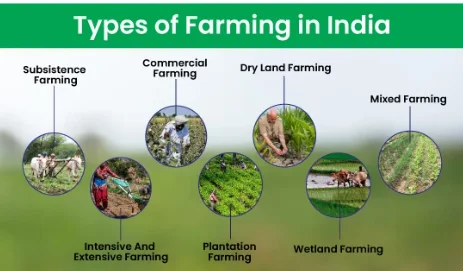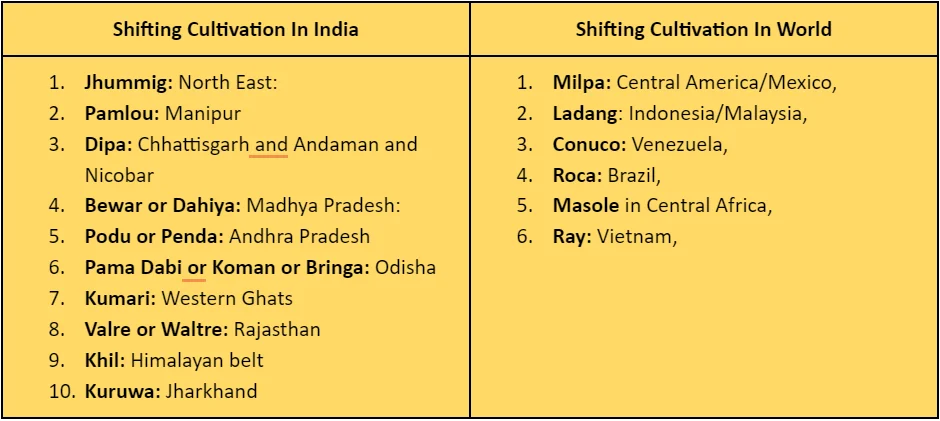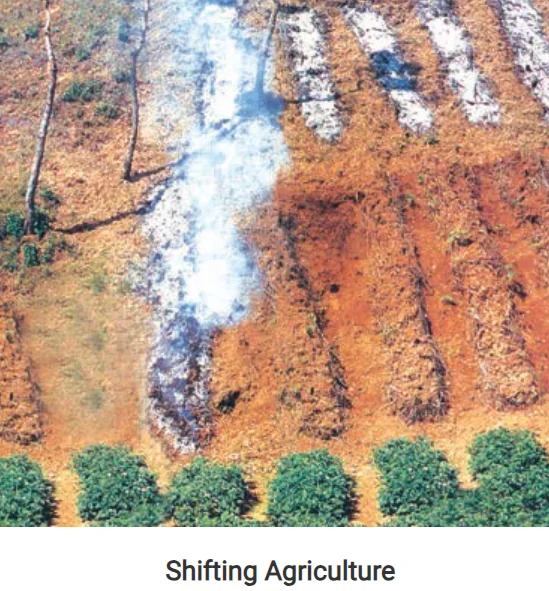![]() May 2, 2024
May 2, 2024
![]() 4053
4053
![]() 0
0
Agriculture, the backbone of many societies, covers various methods catering to diverse landscapes and traditions. From traditional subsistence practices to modern commercial ventures, each type of agriculture reflects the unique needs and resources of its region. Understanding these different approaches is crucial for sustainable food production and rural development.



| Must Read | |
| Current Affairs | Editorial Analysis |
| Upsc Notes | Upsc Blogs |
| NCERT Notes | Free Main Answer Writing |
| Related Articles | |
| AGRICULTURE | Fertilizer Sector in India |
| Millets | Natural Farming Needs Better Prices, Markets |
<div class="new-fform">
</div>
Latest Comments